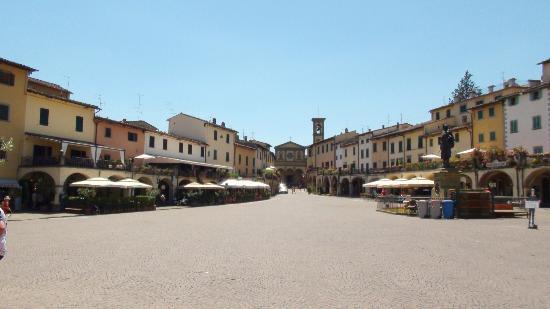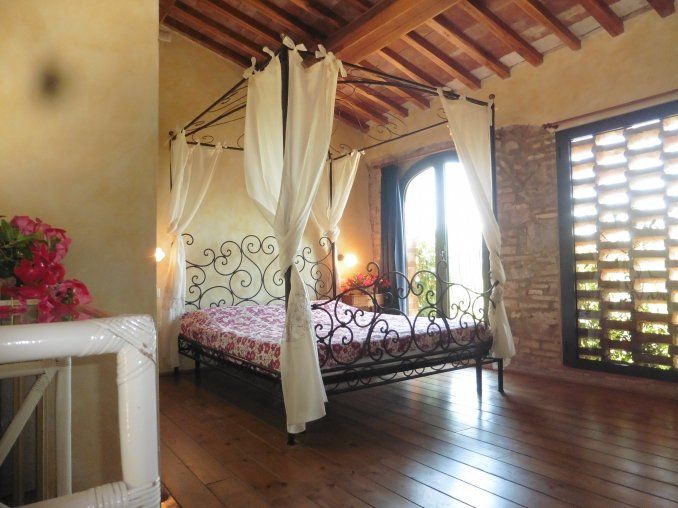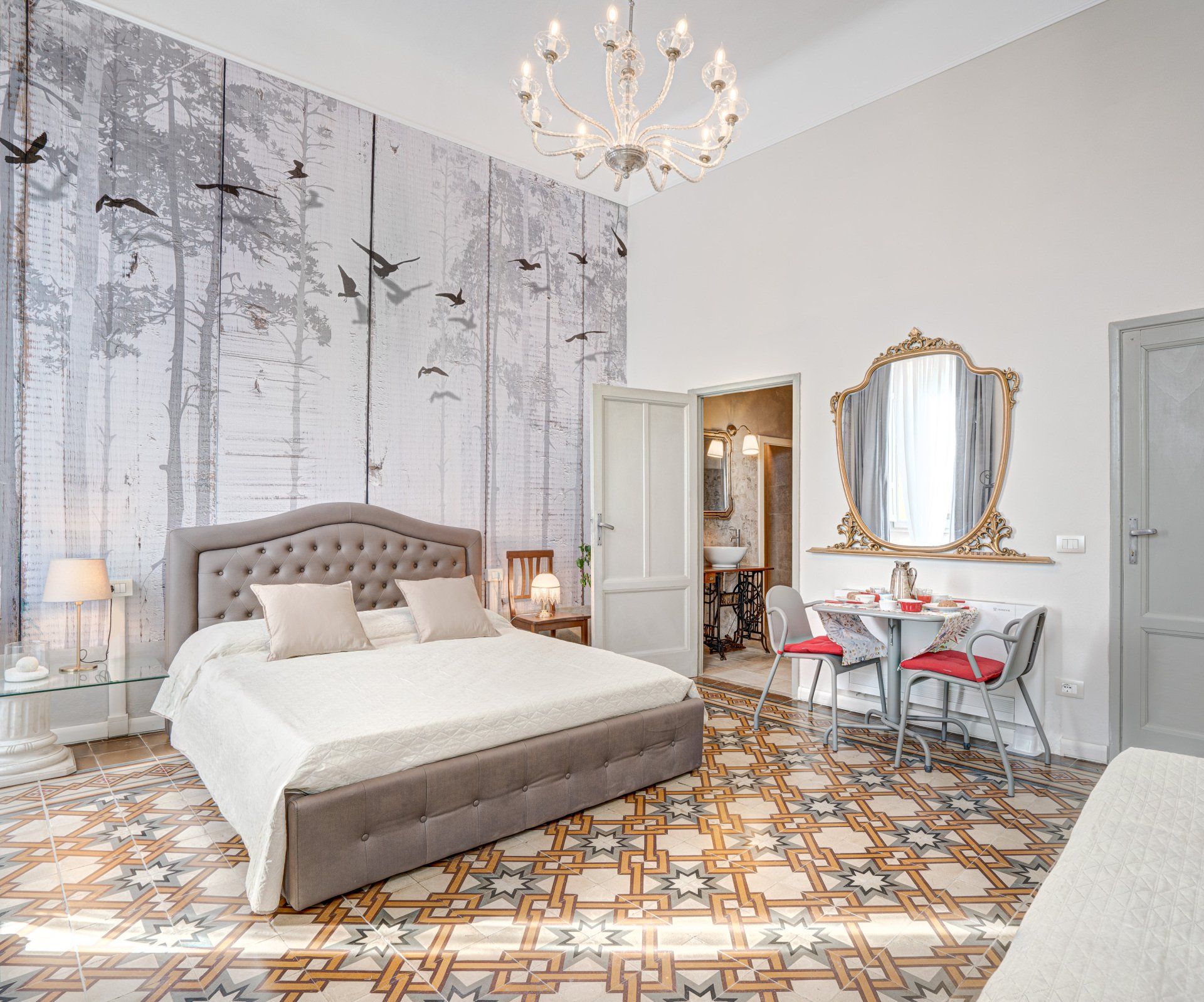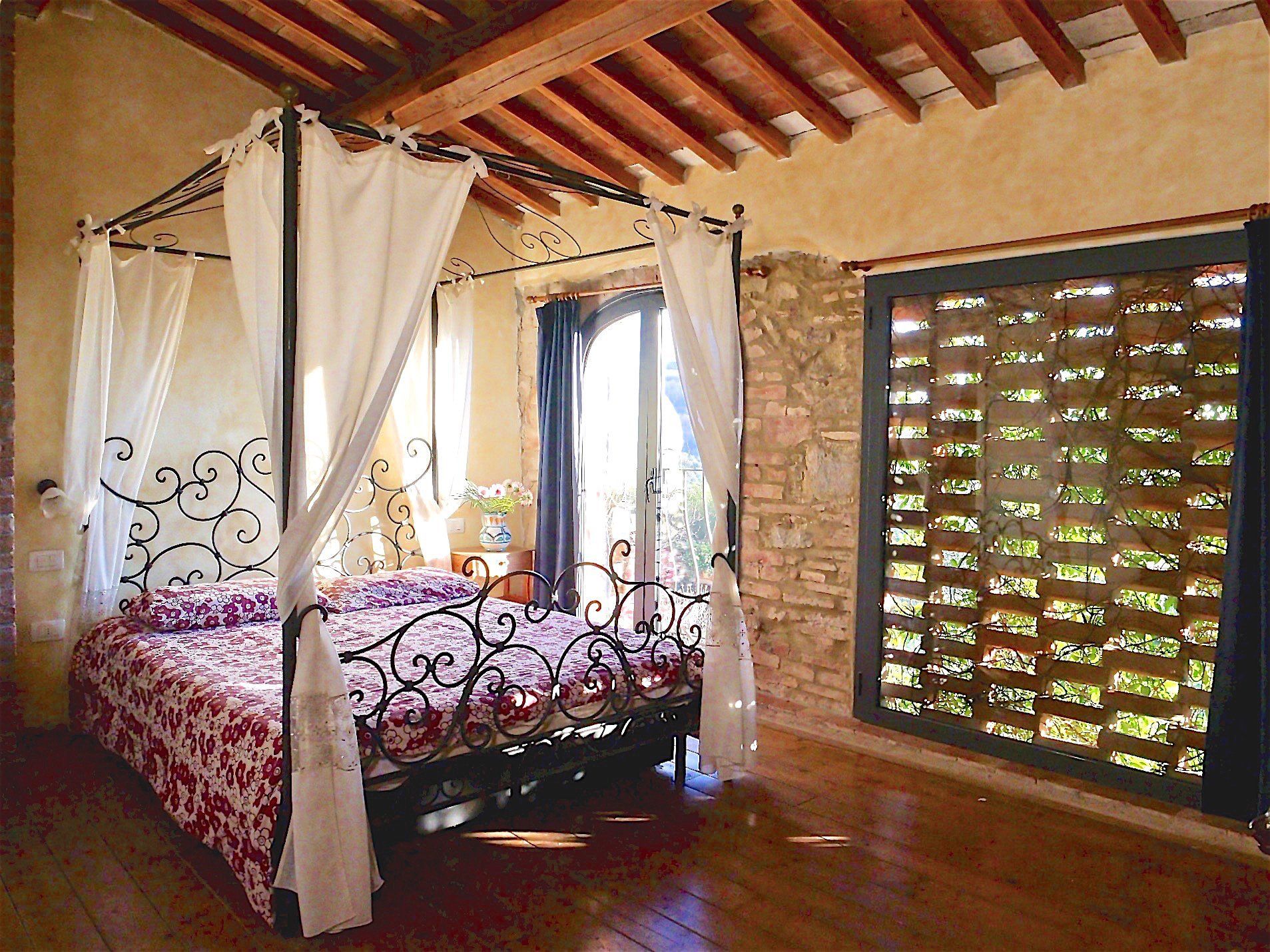Greve in Chianti

Slide title
Scrivi qui la tua didascaliaButton
-
Greve in Chianti - The Mercatale square
When the wars that took place in the Dark Ages between the various feudal landowners in the countryside finally came to an end, local commercial trading began to develop in the area again, especially around the main castles, which soon became important centers of commerce or market places (mercatale). This name can often be found in central Tuscany, in fact, apart from the market at Greve, we can also find a Mercatale in the Bisenzio Valley, another in the Pesa Valley and another again in the Upper Arno Valley. The Greve market was originally just a square situated between two streams, the Greve and its tributary that flowed down from Montefioralle. The choice of its position was not simply left to chance: not only did it stand on the roads that linked the Greve and the Arno Valleys, it was also very close to the castles of Montefioralle, Convertoie and Uzzano, that stood on the surrounding hills. By the beginning of the 15th century, when all the cultivation around the mansions of the great lords had transformed the harsh hills of the Chianti into gardens, the “vermilion wine” was already famous; this wine could be bought at the “Mercatale a Grieve” and was one of the most expensive in the area: the “wine that I casked at Vingnamag[i]o”, as Amedeo Gherardini wrote to his friend Francesco Datini in Prato. In the second half of the 15th century Lorenzo de’ Medici naturally included Greve among the famous markets he describes in his “Nencia da Barberino”; the well-known maps of the period, drawn up for the Captains of the Guelph Faction, show the market square as it was then, built on a square, as it was still to remain for over a century (when it became triangular): the maps clearly show its position between the two streams, the great well in the center, the church at the top of the four-sided square and the loggias facing onto the two main sides. We can already see the sites of the houses, originally built only on the side of the hill, but which were eventually to surround the entire perimeter of the square
to give it the aspect we can admire today.
Greve in Chianti The Piazza del Mercatale short history






